- News
- Reviews
- Bikes
- Accessories
- Accessories - misc
- Computer mounts
- Bags
- Bar ends
- Bike bags & cases
- Bottle cages
- Bottles
- Cameras
- Car racks
- Child seats
- Computers
- Glasses
- GPS units
- Helmets
- Lights - front
- Lights - rear
- Lights - sets
- Locks
- Mirrors
- Mudguards
- Racks
- Pumps & CO2 inflators
- Puncture kits
- Reflectives
- Smart watches
- Stands and racks
- Trailers
- Clothing
- Components
- Bar tape & grips
- Bottom brackets
- Brake & gear cables
- Brake & STI levers
- Brake pads & spares
- Brakes
- Cassettes & freewheels
- Chains
- Chainsets & chainrings
- Derailleurs - front
- Derailleurs - rear
- Forks
- Gear levers & shifters
- Groupsets
- Handlebars & extensions
- Headsets
- Hubs
- Inner tubes
- Pedals
- Quick releases & skewers
- Saddles
- Seatposts
- Stems
- Wheels
- Tyres
- Health, fitness and nutrition
- Tools and workshop
- Miscellaneous
- Cross country mountain bikes
- Tubeless valves
- Buyers Guides
- Features
- Forum
- Recommends
- Podcast
feature
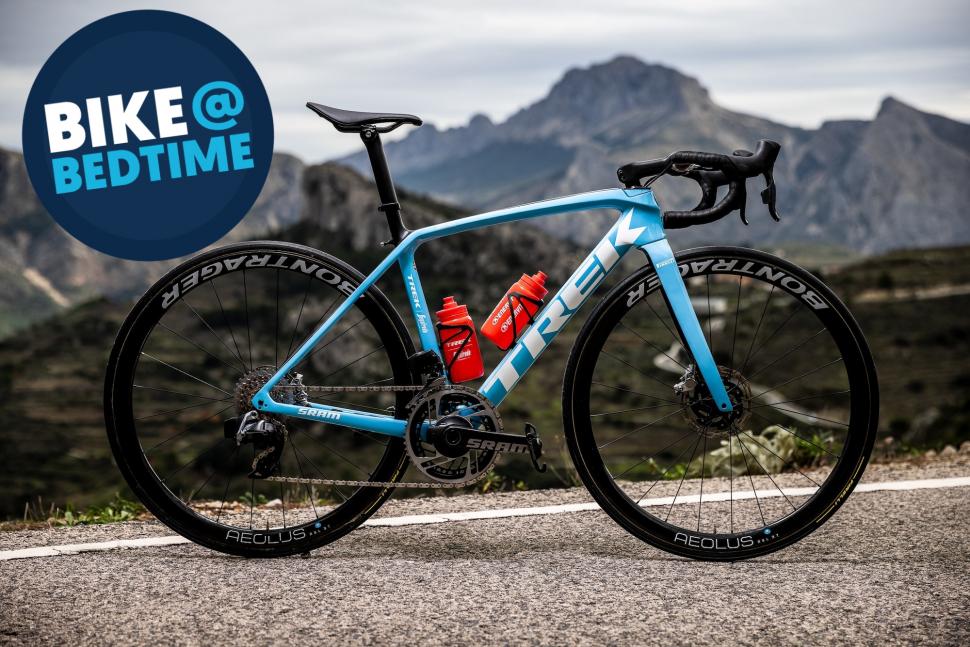 2023 Trek-Segafredo Trek Emonda - 20.jpg
2023 Trek-Segafredo Trek Emonda - 20.jpgCheck out Trek-Segafredo’s Trek Emonda for 2023
The Trek-Segafredo men’s and women’s teams will be dividing the vast majority of their time between the Trek Madone SLR aero road bike and this lightweight Trek Émonda SLR in 2023. Let’s take a closer look at the Émonda…
The current Émonda has been around for over two years now – doesn’t time fly? – with Trek calling this incarnation its fastest-climbing bike ever.
> Check out our story from when the current Trek Emonda was launched
The Émonda has always been the lightweight road bike in Trek’s range, but the US brand also focused on aerodynamics in the development of the latest model.
> Trek releases radical Madone SLR, its “fastest road race bike ever”
The designers say they spent most time working on the front end of the bike – the bar/stem, head tube and down tube – because that’s where you can make most aero gains, testing both with and without a water bottle in place.
Trek says that the flagship Émonda SLR platform is 60 seconds per hour faster than its predecessor on flat roads – in other words, on the older bike it would take you 61 minutes to ride as far as you could in 60 minutes on the newer one – and 18 seconds per hour faster on an 8% gradient (Trek’s notional rider upon which these figures are based is 70kg and puts out 350 watts for the hour).
Trek says that the Émonda SLR isn’t as aerodynamically efficient as its Madone platform but that it's marginally ahead of the Domane endurance bike.
Using deep-section tubes adds weight over round tubes so the current Émonda SLR that Trek-Segafredo riders use is slightly heavier than the previous model, but the frame still comes in under 700g. The designers say that the slight weight penalty is still worth it for the net gain in speed in most circumstances thanks to improved aero efficiency.
In order to hit its weight, strength and stiffness targets for this bike, Trek says it had to use a new kind of carbon fibre within the layup – which it calls 800 Series OCLV carbon.
Trek isn’t keen on giving away too many secrets but says that from a fibre-type perspective, OCLV 800 is 30% stronger than the material it uses for its OCLV 700.
Trek-Segafredo riders use handlebars, stems, seat posts and saddles from Trek’s in-house Bontrager brand.
The bar and stem are separate units here and the hoses for the hydraulic disc brakes run externally before entering the frame at the top of the head tube.
There are no gear cables or wires to worry about because Trek-Segafredo riders use SRAM Red eTap AXS groupsets with wireless shifting. They also use Quarq SRAM Red AXS Power Meters.
Team riders can choose between 48/35, 50/37, 52/39 and 54/41-tooth chainsets and 10-28 or 10-33 12-speed cassettes.
> Check out our SRAM Red eTap AXS First Ride Review
The wheels are from Bontrager: RSL37, RSL51 or RSL62, depending on the terrain, conditions, and rider preference. The number in the name refers to the rim depth in millimetres. All of these wheels use DT Swiss 240s internals with Ratchet EXP 36-point engagement.
The wheels are fitted with Pirelli P-Zero tyres. The team uses tubeless, clinchers, and tubulars.
The team use Time XPro-10 pedals, Time being a brand that’s now owned by SRAM, and Wahoo Elemnt Bolt and Roam bike computers.
Trek-Segafredo equipment 2023
Bikes Trek Madone, Trek Émonda , Trek Domane (Paris-Roubaix), Trek Speed Concept (time trials)
Wheels Bontrager Aeolus RSL37, RSL51 RSL62
Thru-axle Bontrager DT Swiss, Bontrager Switch Thru-Axle and Lever
Tyres Pirelli P Zero Tubeless, Tubular and Clincher
Finishing kit Bontrager RSL
Brakes SRAM RED Hydraulic Disc
Shifters SRAM RED eTap AXS 12-Speed
Chainset SRAM RED AXS DUB
Chainrings SRAM RED AXS 48/35, 50/37, 52/39, 54/41
Powermeter Quarq SRAM RED AXS Power Meter
Chain SRAM RED AXS Flat Top
Cassette SRAM XG-1290 10-28, 10-33
Front derailleur SRAM RED eTap AXS
Rear derailleur SRAM RED eTap AXS
Pedals Time XPro-10
Bearings Kogel
Mat has been in cycling media since 1996, on titles including BikeRadar, Total Bike, Total Mountain Bike, What Mountain Bike and Mountain Biking UK, and he has been editor of 220 Triathlon and Cycling Plus. Mat has been road.cc technical editor for over a decade, testing bikes, fettling the latest kit, and trying out the most up-to-the-minute clothing. He has won his category in Ironman UK 70.3 and finished on the podium in both marathons he has run. Mat is a Cambridge graduate who did a post-grad in magazine journalism, and he is a winner of the Cycling Media Award for Specialist Online Writer. Now over 50, he's riding road and gravel bikes most days for fun and fitness rather than training for competitions.
Latest Comments
- Born_peddling 26 min 53 sec ago
To be fair as much as I like to see decent public rack being put up just not at the cost of taking spaces like these specifically designed to allow...
- dh700 1 hour 45 min ago
Motor vehicles are not dangerous -- but their operators frequently choose to drive them dangerously. That's an important distinction....
- BBB 2 hours 26 min ago
Stop beating a dead horse, people. This story isn't really about trans competitors but about the elected felon and his autocratic regime, targeting...
- Sredlums 3 hours 17 min ago
Contrary to what we are lead to believe, not everything is about e-bikes....
- brooksby 3 hours 35 min ago
Has it? Okay. TBH I was just trying to be funny by quoting FBs catchphrase back at them...
- Hirsute 4 hours 50 min ago
You've missed the bit where it's going to court.
- froze 5 hours 15 min ago
The Silca is not that great, if you go online to Silca and look at the scale they use it is very poorly designed with the readings far to close...
- froze 5 hours 27 min ago
I gurantee you this is happening to millions of products sold all over the world.
- froze 6 hours 1 min ago
Roughly about 66% to 75% of the flats that I get I can repair the tube without ever removing the wheel from the bike! This is an old trick I was...
- Secret_squirrel 7 hours 57 min ago
Surely Pog has souplesse in spades?
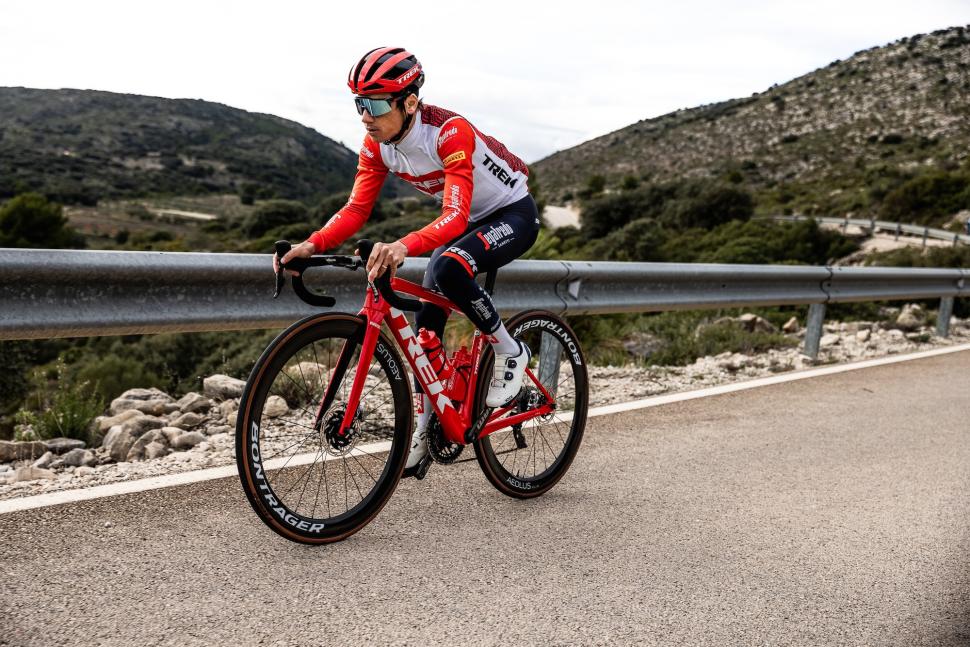
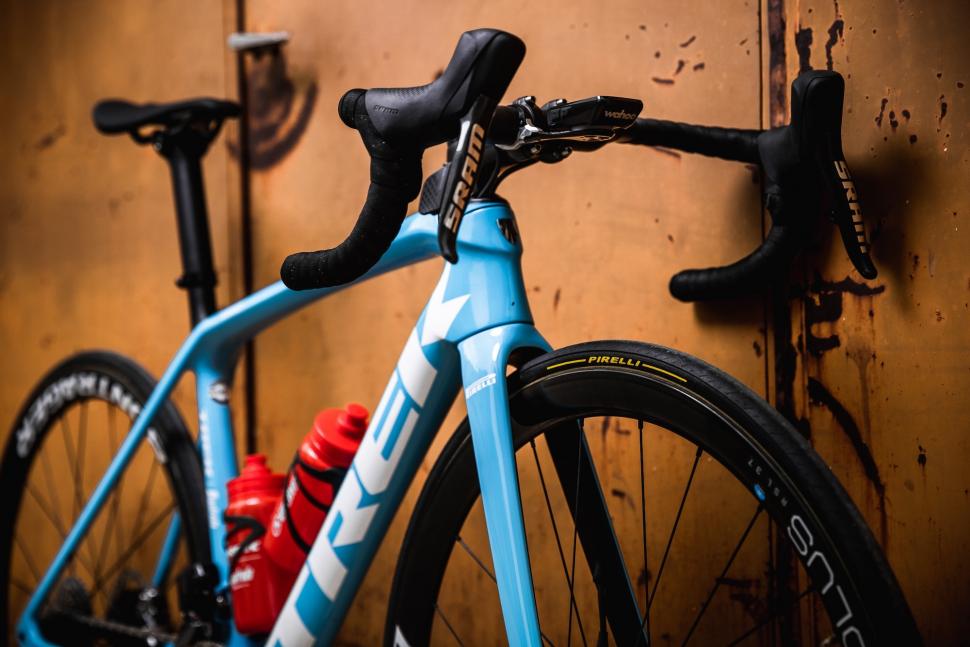
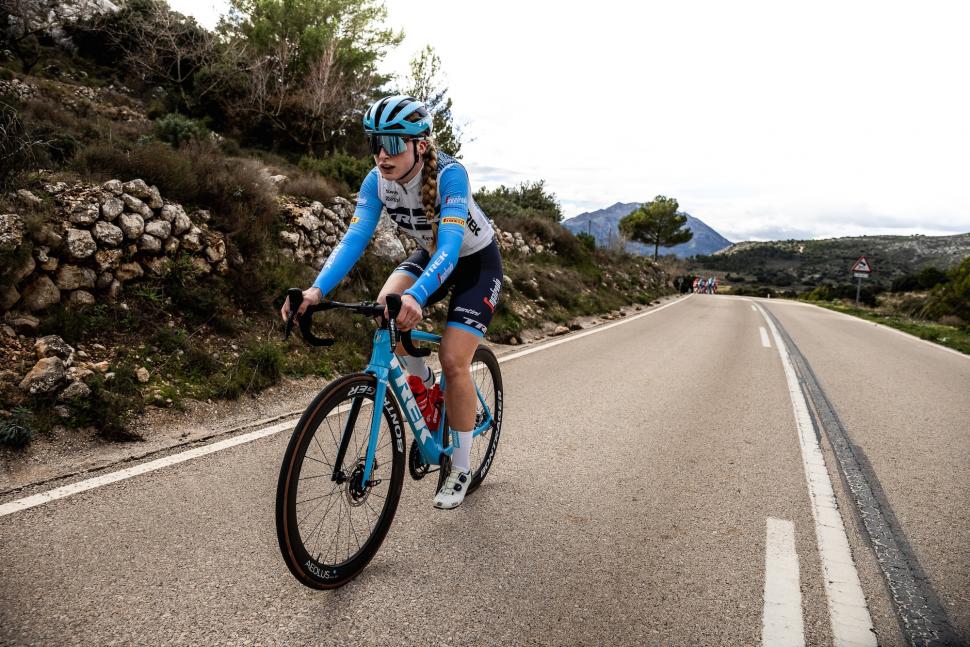
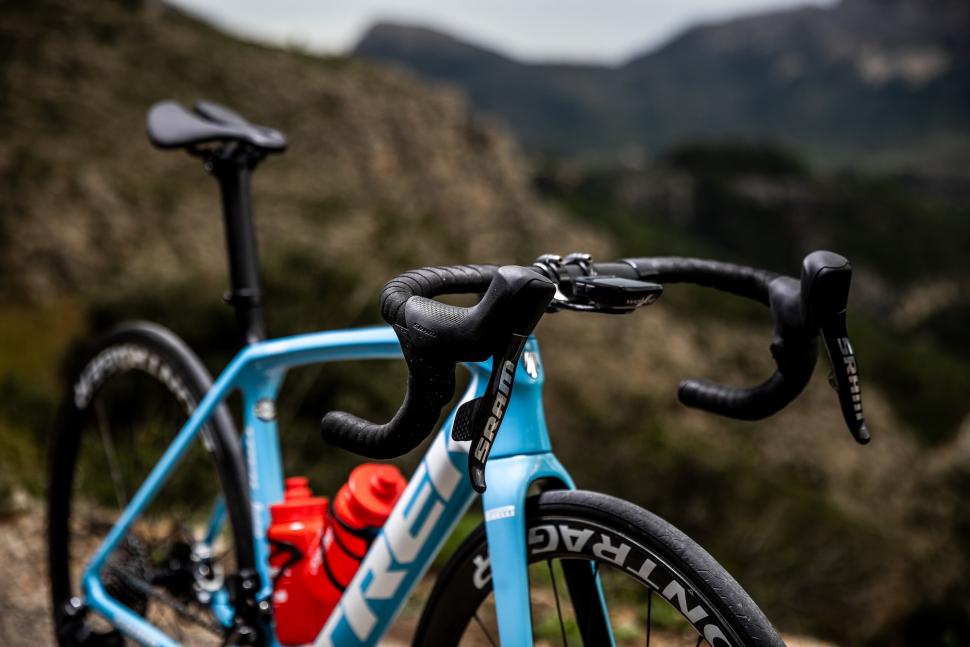
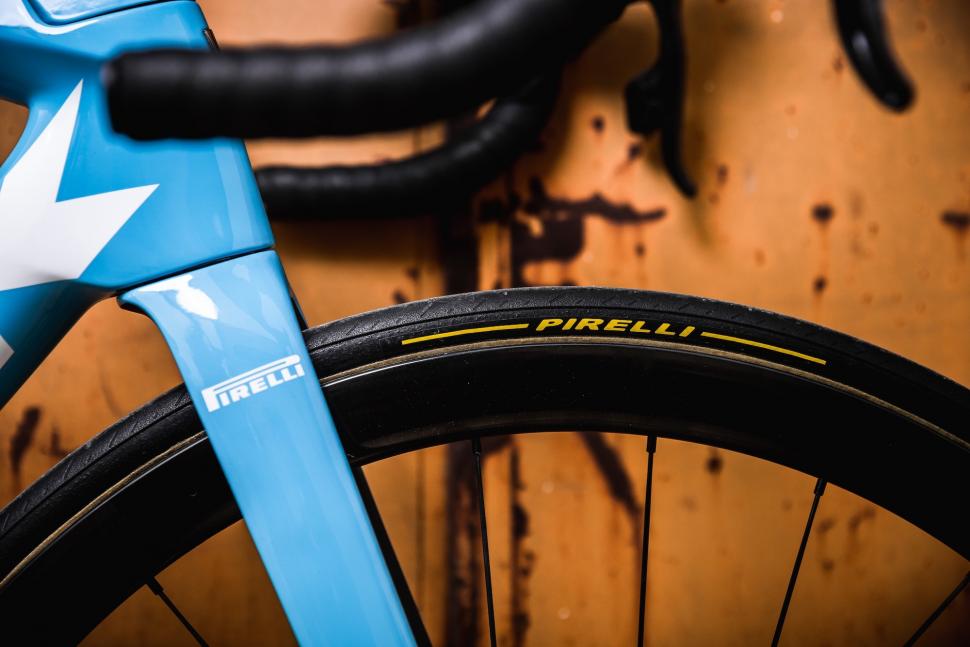
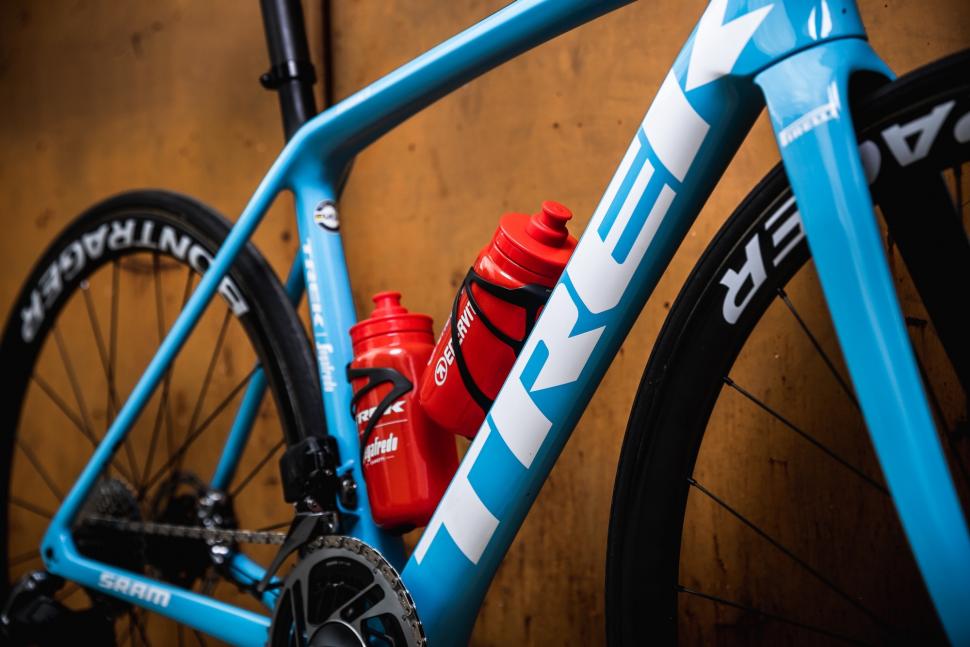
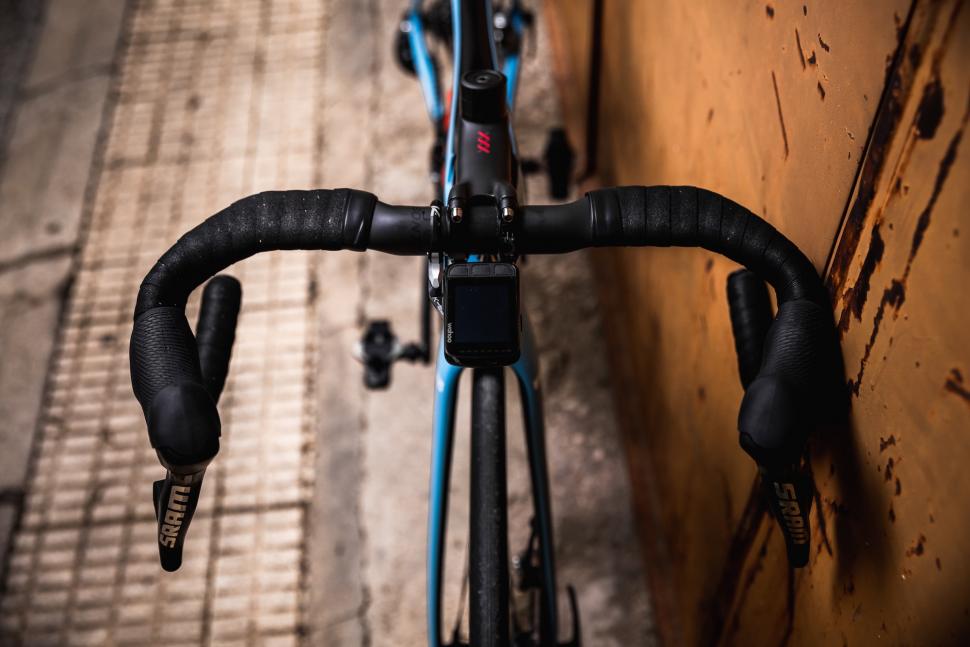
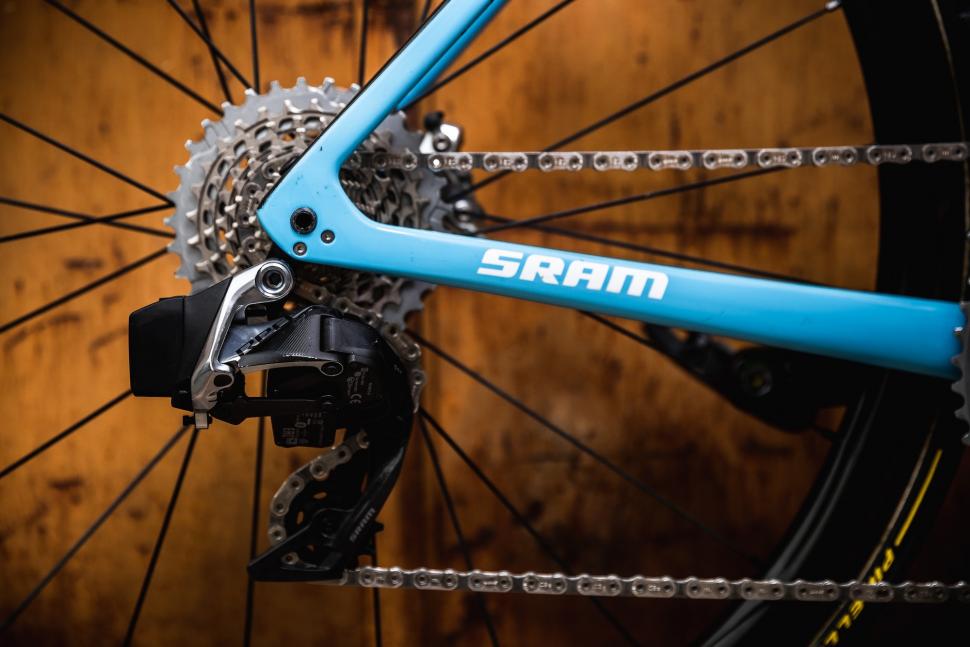
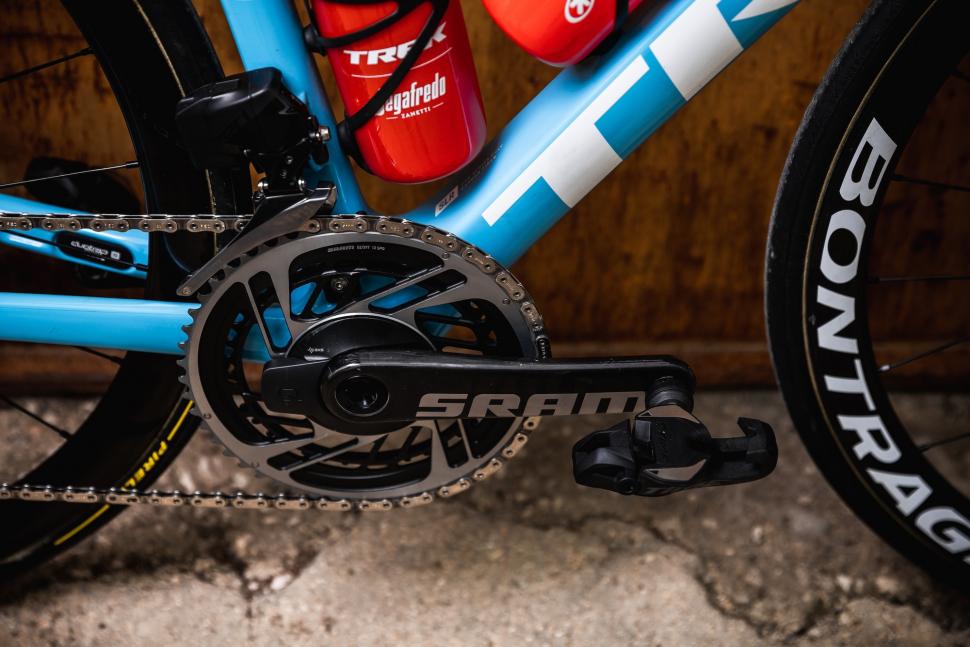
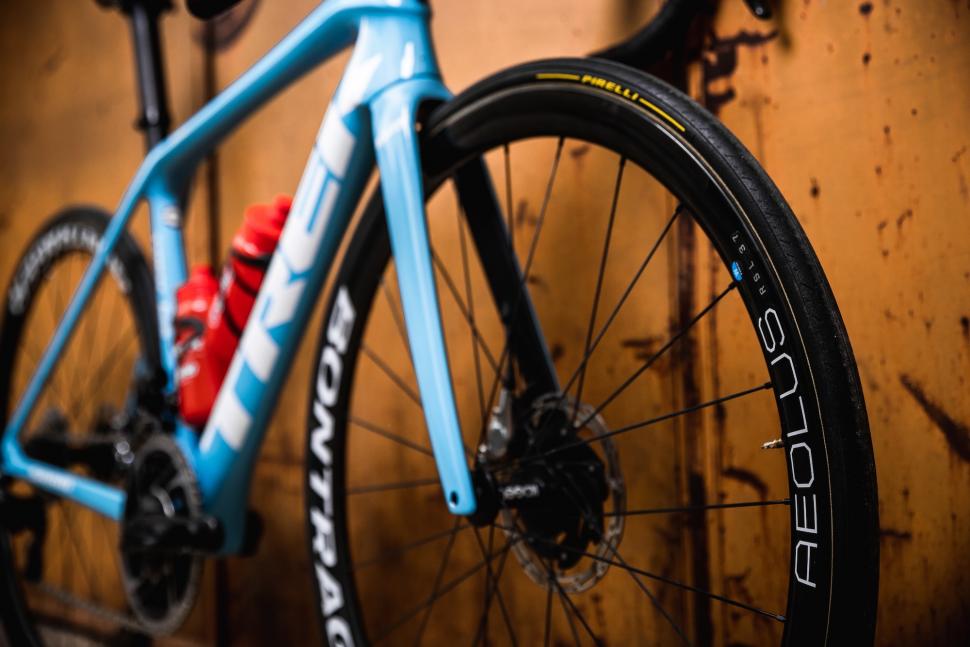




























Add new comment
2 comments
Interesting to see the pro team bikes are sans integrated bars. I know people who have started to get replacement bars from trek after the recall. I decided to keep mine instead of getting the temp replacement but to see the team with a different set up raises eyebrows.
It's possible that the reason is that many pros will use 150-170mm stems with narrow bars, it's not worth tooling up to manufacture the whole assembly for that size, which hardly anyone will buy, whereas it's possibly cheaper/easier to do smaller runs of longer stem & narrow bars separately.